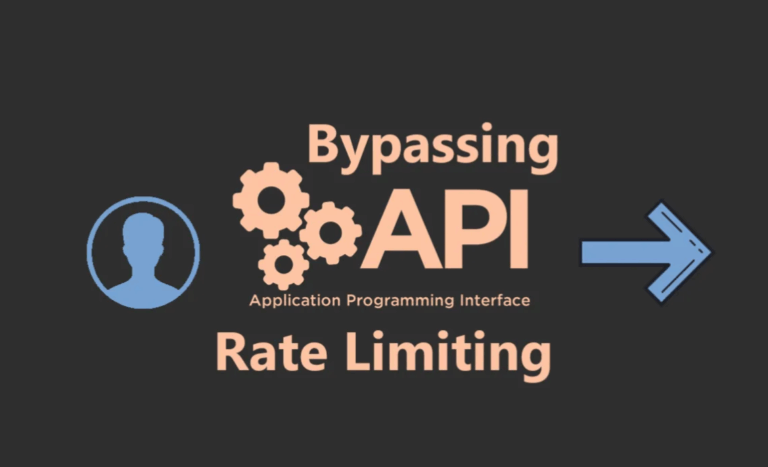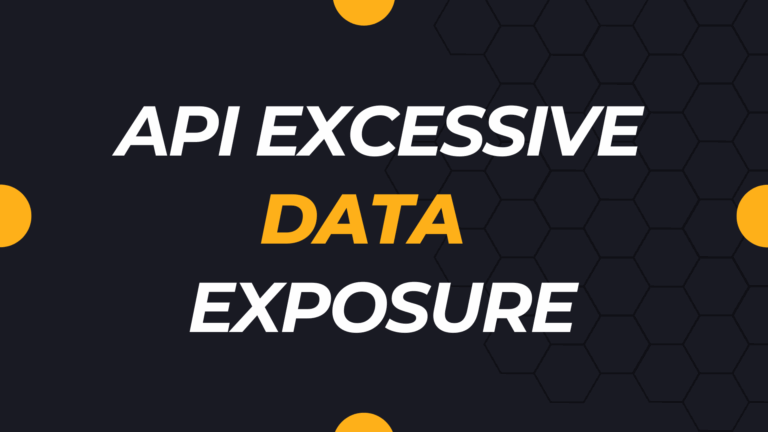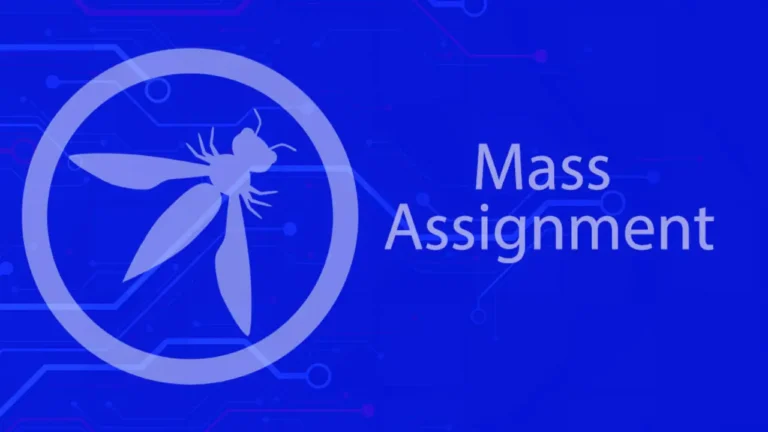API Rate Limiting Bypass – Lack of Throttling Enables Abuse and DoS
Introduction APIs (Application Programming Interfaces) are the backbone of modern web applications, enabling seamless communication between services. However, without proper security measures like rate limiting, APIs become vulnerable to abuse, brute-force attacks, and Denial-of-Service (DoS) threats. This blog explores API rate limiting bypass techniques, the risks of insufficient throttling, and best practices to prevent exploitation. Table of Contents 1….






